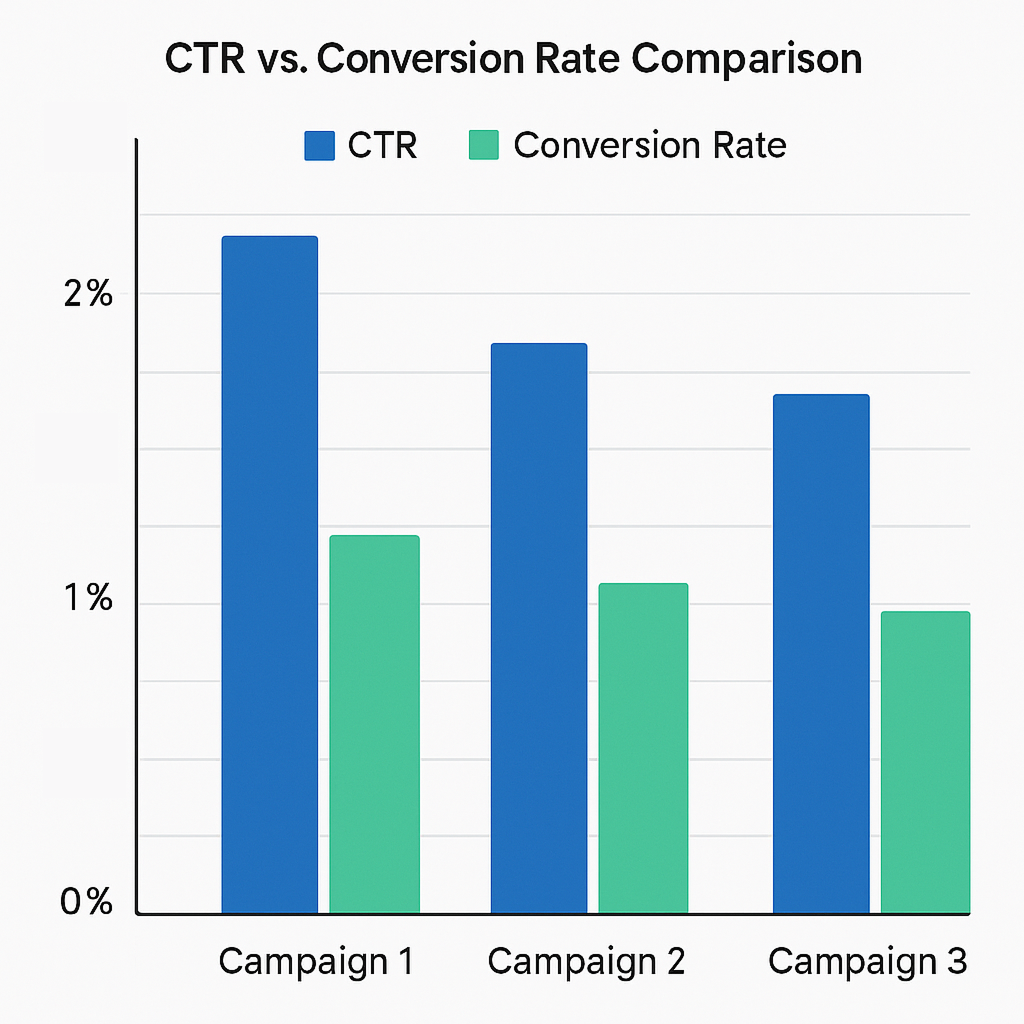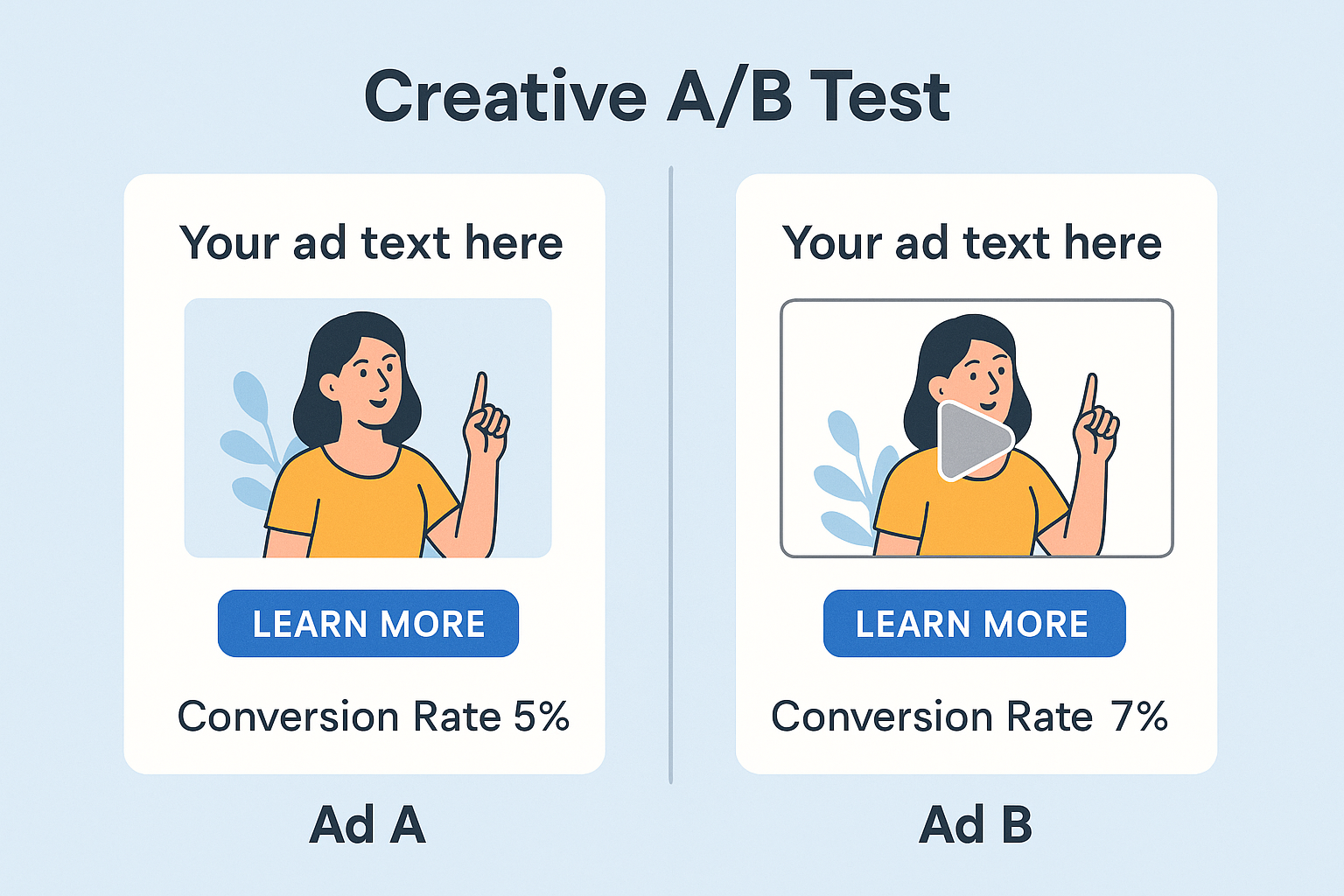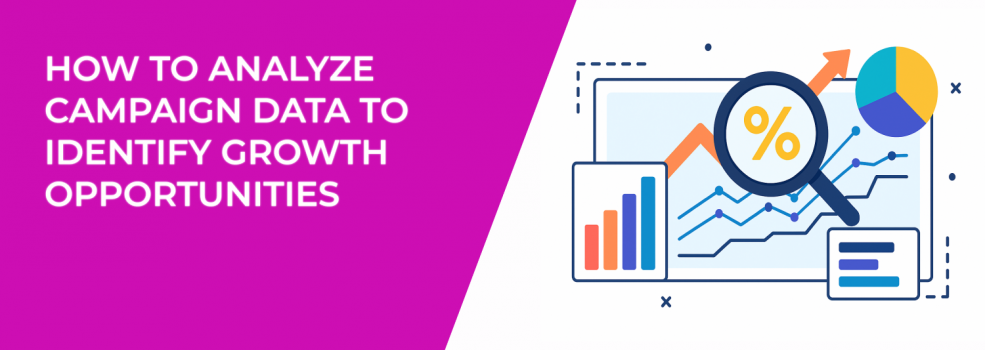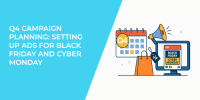Launching a Facebook campaign is just the beginning. If you’re serious about growth, what really matters is what you do after the ads start running.
Campaign data isn’t just numbers — it’s a guide. It shows you where your money is working, where it's being wasted, and how to improve next time. But to find growth opportunities, you need to read that data the right way.
Here’s how to do it.
1. Focus on the Right Metrics (Not Just the Obvious Ones)
Most marketers look at results like CTR or ROAS and move on. But those surface-level numbers can hide deeper issues — or hidden wins.

You’ll want to go further than just basic metrics. For example:
-
CTR (Click-Through Rate): Tells you how many people clicked your ad after seeing it.
-
CPC (Cost Per Click): Shows how much you’re paying for each click — lower isn’t always better.
-
Frequency: Tells you how often the same person sees your ad. Too high? You might be causing ad fatigue.
-
Landing Page Views: Measures if users actually wait for the page to load, not just click and bounce.
-
CTR (All) vs. CTR (Link): Helps you understand if people are engaging (liking, sharing) or actually clicking through.
If you want to dig deeper, this guide explains exactly how to analyze Facebook ad performance beyond CTR and CPC.
2. Judge Performance Based on the Campaign’s Actual Goal
Many advertisers make this mistake — they expect a traffic campaign to bring in sales or a video view campaign to generate leads. That’s not how it works.
Before you decide if a campaign "worked," make sure you're judging it by the correct objective. Ask yourself:
-
What was the goal? Was it to get traffic, leads, engagement, or purchases?
-
Did you choose the right objective in Ads Manager? If your goal was conversions but you picked "reach," your results will look weak.
-
Are you analyzing it fairly? For example, if you’re testing new creatives, don’t expect high ROAS right away — look for engagement and early clicks.
If you need help setting the right campaign objective, this article will help: Meta Ad Campaign Objectives Explained.
3. Compare Results Across Different Audiences
One of the fastest ways to find growth opportunities is by checking how each audience performs. Don't judge your entire campaign by the average — look at the parts.
Here’s what you can compare:
-
Cold audiences vs. warm audiences: Are returning visitors converting more than brand-new users?
-
Different custom or lookalike sources: For example, lookalikes from your email list may outperform ones from page followers.
-
Demographics and devices: Do younger users click more but convert less? Are desktop users buying more than mobile ones?
Let’s say your cold audience has a high CTR but no purchases. Meanwhile, your retargeting audience has fewer clicks but higher conversion rates. That’s a clear signal to increase your budget on retargeting and test a better offer for cold traffic.
4. Study Creative Performance Side by Side
Creative testing can reveal big wins — but only if you compare ads properly. Many advertisers turn off ads too early without understanding why they didn’t perform.

Here’s what to look at when comparing creatives:
-
CTR differences: Is one version consistently outperforming the others?
-
Video watch time: Are people watching more than 3 seconds or dropping off fast?
-
Engagement (likes, shares, saves): These can indicate early interest before conversions kick in.
-
Comments and feedback: Are people confused, excited, or ignoring your message?
Even if two creatives get the same amount of clicks, the one with a lower bounce rate or more purchases should get more of your budget.
5. Don’t Rely on a Single Day’s Data
It’s easy to panic when your campaign suddenly dips. But performance changes from day to day. What matters is the trend.
Pay attention to:
-
Performance over a 7-day window: Are your numbers improving or getting worse?
-
Sudden drops in CTR or conversions: Could be ad fatigue or audience saturation.
-
Time of day or day of week patterns: Are users converting more during evenings or weekends?
When in doubt, let campaigns run a bit longer — especially if they’re still in the learning phase. Constant changes can make things worse.
6. Watch for Delivery or Learning Phase Issues
Sometimes your campaign isn’t underperforming — it just hasn’t had the chance to optimize yet.
To avoid getting stuck in learning limited, try the following:
-
Avoid making constant edits: Each change resets the learning phase.
-
Use broader targeting when possible: This gives Meta more room to optimize.
-
Let ads gather at least 50 conversions per week: That’s the rough benchmark to exit learning.
You can read more about how to finish the Facebook learning phase quickly for faster and more stable results.
7. Review Device, Placement, and Schedule Breakdowns
Want an easy way to save money and improve performance? Take a look at where your ads are running — and when.
You might notice that:
-
Instagram Stories are underperforming while Facebook Feed drives more conversions.
-
Mobile traffic gets tons of clicks but bounces quickly.
-
Evening hours convert better than early mornings — or vice versa, depending on your niche.
Even small adjustments like pausing placements that don’t convert can reduce your cost per result.
8. If Conversions Are Low, Check the Whole Funnel
Sometimes ads get clicks but no sales. That doesn’t always mean your ad is bad — it could be your landing page, your targeting, or your offer.
Ask yourself:
-
Is the landing page loading fast on mobile?
-
Is the message clear and consistent with the ad?
-
Is the offer strong enough to convince someone to act right now?
If you’re unsure where the real issue is, this checklist might help: Facebook Ads Not Converting: How To Fix It.
Final Thought: Let the Data Guide You
Great campaigns aren’t always perfect from the start. Growth comes from testing, reviewing the data, and making smart decisions based on what you see.
Try doing this:
-
Pause low-performing ads, but take notes on what didn’t work.
-
Double down on your best audiences or creatives.
-
Test new hooks, formats, or offers with small budgets.
Data is your best growth tool — but only if you actually use it.

